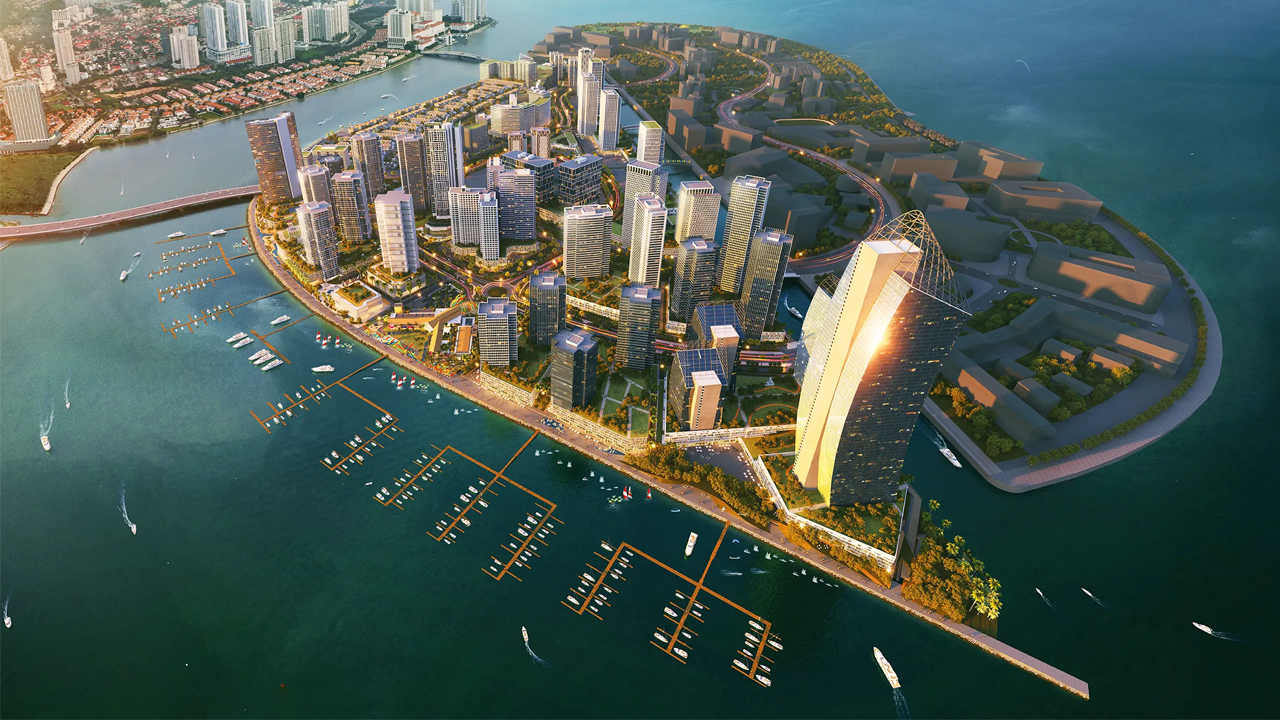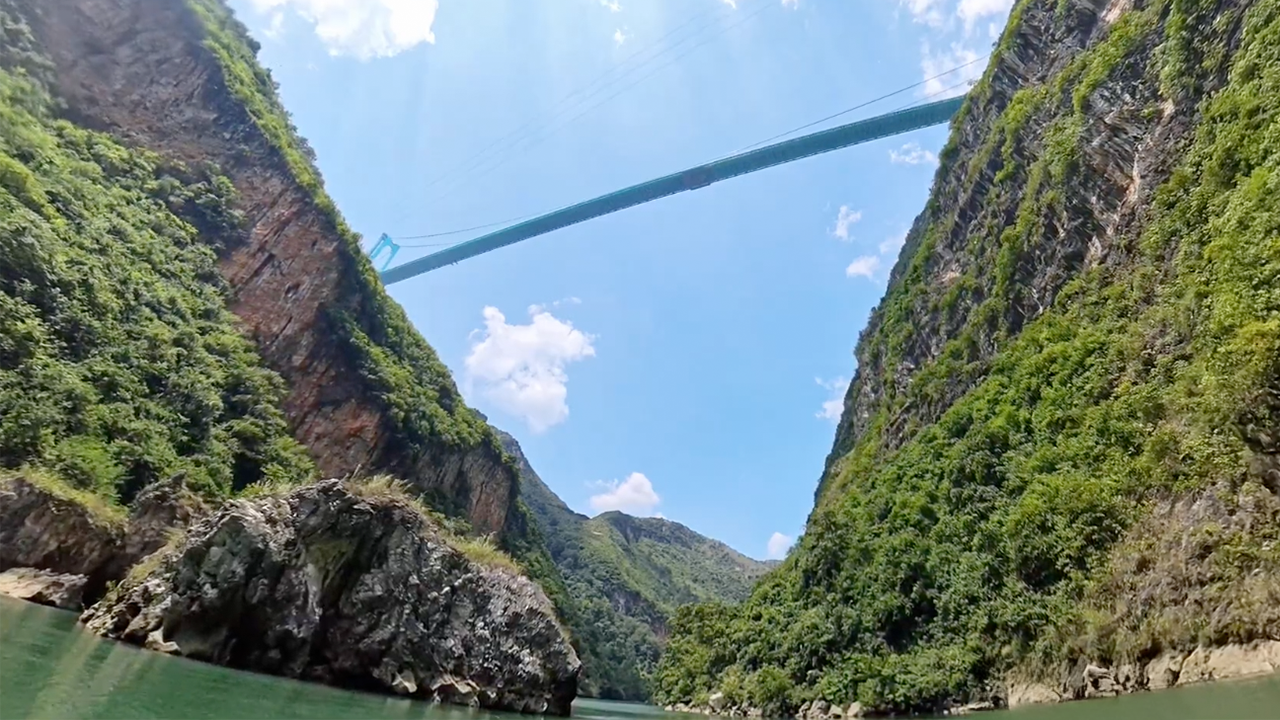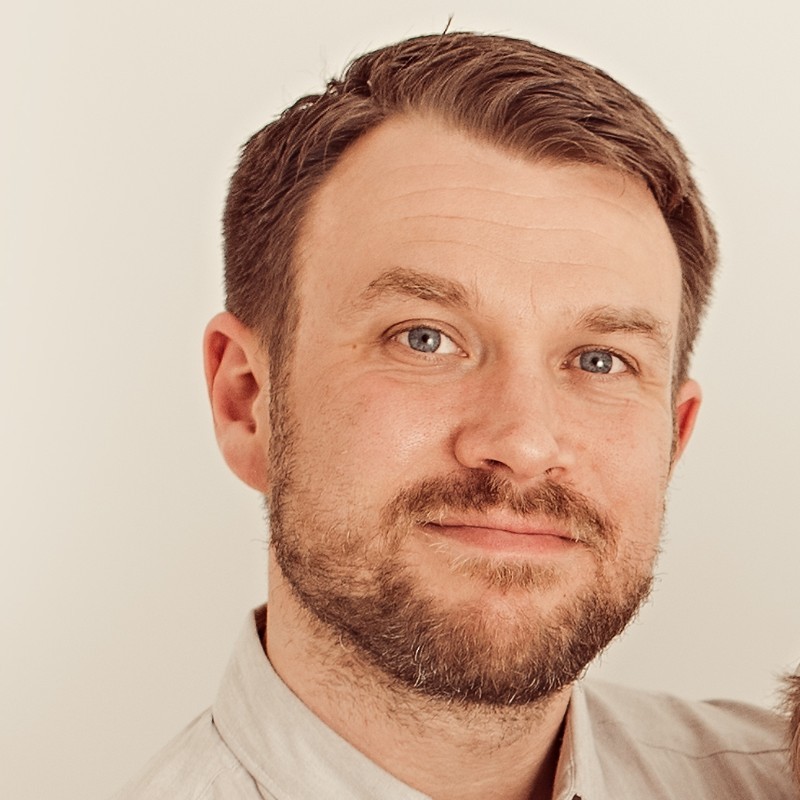Europe's Megaproject to Replace Russian Railways
- Youtube Views 1,784,183 VIDEO VIEWS
Video narrated by Fred Mills. This video and article contain paid promotion for Bentley Systems.
IT’S ONE of the largest new rail projects in Europe, set to plug a major gap in the continent’s high-speed network.
Over 800km long and running across three countries that have lacked a modern railway since the fall of the Soviet Union, Rail Baltica is a scheme that’s throwing up some immense challenges.
And as one of the EU’s transport priorities over the course of this decade, the pressure is on to get it right.
Requiring spectacular engineering, advanced technology and world-class design, here’s how the Baltic states are using big infrastructure to put themselves firmly on the map.
Connecting a continent
If you’re a follower of this channel there’s a good chance you will have heard of the Trans-European Transport Network.
Yes, it’s that massive scheme by the EU to connect member states with up-to-date infrastructure — mostly rail.
The Fehmarnbelt Fixed Link, Lyon-Turin Railway, Brenner Base Tunnel … they’re all part of it, known for their enormous scale and the countries involved.
But now there’s a new player, rising in the East — well, three of them. The Baltic states of Estonia, Latvia and Lithuania.
Together, they make up a huge chunk of the North Sea-Baltic Corridor from Antwerp to Helsinki — one of the priority routes on the network.

Above: Estonia, Latvia and Lithuania form a key part of the North Sea-Baltic Corridor.
And yet, the rail infrastructure of these nations is far behind their western neighbours, dating back to before the early ‘90s. Why? Because that’s when the Soviet Union collapsed, which they were all once part of.
Left behind was a series of railways that run mostly east to west rather than north to south, meaning the three countries aren’t very well connected.
On top of that they were built to a different standard and gauge to the rest of Europe, which isn’t helpful when you’re trying to join up the whole continent.
So, what are they doing about it? Well, building a new one from scratch and calling it this: Rail Baltica — the largest infrastructure project in the region for 100 years.
A huge task
“Rail Baltica is a massive infrastructure project connecting three Baltic states and bringing significant changes to the region,” Kitija Gruskevica, Member of the Management Board at RB Rail AS, said.
“The project's primary objective is to enhance regional connectivity, foster economic growth and promote sustainable transportation.”
It’s an 870km long high-speed railway from Tallinn, Estonia, running down to Lithuania, the Polish border and eventually the rest of the European network.
A trip between the capitals will take just over three and a half hours — shorter than Gone with the Wind.
Both high-speed passenger trains — capable of 249km/h — and freight trains running at 120km/h will use the line, and the entire route is being electrified.
This will help to lower CO2 emissions and reduce air pollution by more than 18%, compared to other forms of transport.

Above: Railways in the Baltic states currently run on a different gauge to the rest of Europe.
Since 2023, construction has been ramping up and as you can probably imagine, there’s a lot happening.
“The history of Rail Baltica goes back around 30 years ago, but today a large part of the designs are in the final stage,” Gruskevica stated.
“So, we are still doing designs in all three Baltic states, but also in parallel, massive construction works have been going for a couple of years already.”
To summarise for you, let’s go on a quick tour of the main sites from top to bottom, starting with what will be the northern end of the railway.
Making progress
It all begins in Ülemiste, on the outskirts of Tallinn. This is where the spectacular new passenger terminal designed by Zaha Hadid Architects has now broken ground.
Creating an international gateway to Estonia right next to the country’s main airport, it will act as both a multi-modal transport hub and a public bridge.
As well as rail, passengers will be offered seamless connections to bus and tram routes, and it’s being built in phases using a modular approach.
Excavation for the station building is in progress, along with the foundations and supporting structures, after it took longer than planned to dig up the old infrastructure.

Above: A rendering of the magnificent Ülemiste Joint Terminal. Image courtesy of Rail Baltica.
Elsewhere in Estonia, the construction of new crossings where cars, trains and even where wildlife will intersect has been the focus.
These include a 73-metre road overpass, four viaducts over the future railway already open to traffic, and an ecoduct.
What do we mean by that? Well, it’s like a viaduct — obviously — but the bit over the top will be used by animals.
A typical one is made up of 54 concrete arch elements — 25 tons each — which are connected together to form a tunnel.
Building bridges
Further down in Latvia, where more than 200 bridges are being built, trains will either loop off to the capital Riga or carry on south towards Lithuania.
Riga is where a lot of the action is right now, like the stunning new central station which is already taking shape.
When complete it will become the largest passenger service hub in the Baltics in terms of visitor numbers, with a total area of almost 13,000 square metres and a huge glazed roof.
By late 2023, the bases of seven arches that will cover the building were in place, which are now being joined together.
Just a short distance away will be a new bridge over the Daugava River, which trains will use to get to the airport.

Above: Construction of another bridge across the Daugava is now in the early stages. Image courtesy of Rail Baltica.
A lot of work is going on at the airport itself. The Rail Baltica international passenger terminal will become the first high-speed rail and air traffic connection hub in the region.
Progress so far has mostly been underground — on the foundations for the station building and more than 500 piles that will support the platforms, going down over 30 metres.
Digging below the surface, you don’t always know what you’re going to find and that’s certainly been the case in Cekule, where teams are preparing to build the main line.
Technicians had to clear a former military site that was destroyed during World War II, scattering unexploded munitions all over the area.
What lies beneath
Not ideal when you’re trying to do geological surveys, like on the next piece of infrastructure a few kilometres to the south.
Here, a second new bridge over the Daugava is being worked on, but this one will carry both trains and cars.
“Daugava Dual Bridge will be on two floors — on the first floor will be high-speed trains and the second floor will have cars. In the Baltic states this is something new,” Gruskevica explained.
Before the teams can start building, though, they need to know more about the ground conditions under the river.
Which is why a floating platform was set up — with a big drill — allowing experts to collect samples for testing.
The results will allow engineers to work out how deep to make the foundations, prior to assembling the bridge.

Above: Drilling for soil samples on top of a floating platform. Image courtesy of Rail Baltica.
Staying with bridges, to find the next big one on our journey we need to cross the border into Lithuania, where the route will fork in two directions towards Vilnius and Kaunas.
With a total length of 392km, Lithuania has by far the greatest share of the line. And the new bridge over the Neris River — more than 1,500m long — is one of the highlights.
A huge drilling machine is being used to install the 376 piles. Once it’s finished making each hole, a metal framework is inserted, followed by a concrete pour.
Overall, 11,500 tonnes of reinforcement and 74,000 cubic metres of concrete will be required to build it.
Going green
Finally, Lithuania’s capital Vilnius is also getting a brand-new station. The proposal was for an integrated hub that, again, doubles up as a bridge — surrounded by nature and open public spaces.
It’ll have a roof made from locally sourced timber, water gardens for processing rainwater and the integration of a heritage building from the original station.
So, how much is it all going to cost, and when will it be ready? Well, the official estimate was around USD $6BN, with a 2030 completion date. Up to 85% of the money is coming from the EU, with the rest financed by the three Baltic states.
But reports in Latvia say costs have now risen to about $8BN. It’s claimed there have been delays and uncertainties with some of those sites in Riga, which could see the line bypass the city when it first opens.

Above: It's easy to see how Vilnius' new station got the nickname 'Green Connect'. Image courtesy of Zaha Hadid Architects.
Then there’s the complexity of it all. Building a railway through one country is difficult enough, but when it’s crossing three of them it becomes extremely challenging.
Each state has its own separate body for the project, teams are having to collaborate closely across borders and hundreds of contracts are currently active.
“It's kind of challenging — sometimes we are calling each other, like, three brothers, sometimes cousins because [we are] not so close, as our legislations are different, languages are different and even mentality is different,” Gruskevica said.
But thanks to digital technology, multiple organisations have been working together seamlessly to get Rail Baltica up to speed.
Based in Spain, IDOM is handling construction design and supervision for a large proportion of the new line.
“IDOM’s role in the Rail Baltica project has been to be responsible for the design of 389 km of the Baltic corridor,” Blanca Ortiz Fernández-Setién, BIM Manager at IDOM, explained.
“Our scope of work includes rail and road bridges, including the longest bridge in the Baltic countries.”
Using a number of applications from Bentley Systems, such as ProjectWise and OpenBuildings Designer, IDOM established a connected data environment. This allowed teams to collaborate via 3D models and detect clashes during design.

Above: OpenBuildings Designer is one of several applications from Bentley Systems used on the project. Image courtesy of IDOM.
“The benefits of ProjectWise is it allows us to have an intimate source of information,” Ortiz revealed. “Everyone can have real-time access to this information and also it’s always up to date. So, it gives less space for errors.”
With this approach, users were able to achieve a 90% accuracy rate when transitioning from design to construction.
Despite not everything going to plan, having a system like this in place has certainly boosted the Baltics’ chances of having high-speed rail up and running before the end of the decade.
Looking ahead
The Baltic states have been crying out for a railway to match the rest of Europe for quite some time, and the early signs are that it will be worth the wait.
Yes, it hasn’t been straightforward, but these projects never are, especially when there’s so much at stake.
Like so many of the other big infrastructure projects happening across the continent, the three main countries won’t be the only ones set to gain. It’s part of a much bigger picture, with a missing piece that’s now being slotted into place.
This video and article contains paid promotion for Bentley Systems. Learn more about how Bentley is advancing the world's infrastructure here.
Additional footage and images courtesy of Rail Baltica, IDOM, BRP Insenerid, BBT SE, European Commission, Femern A/S, Tunnel Euralpin Lyon-Turin, Warner Bros and Zaha Hadid Architects.
We welcome you sharing our content to inspire others, but please be nice and play by our rules.








